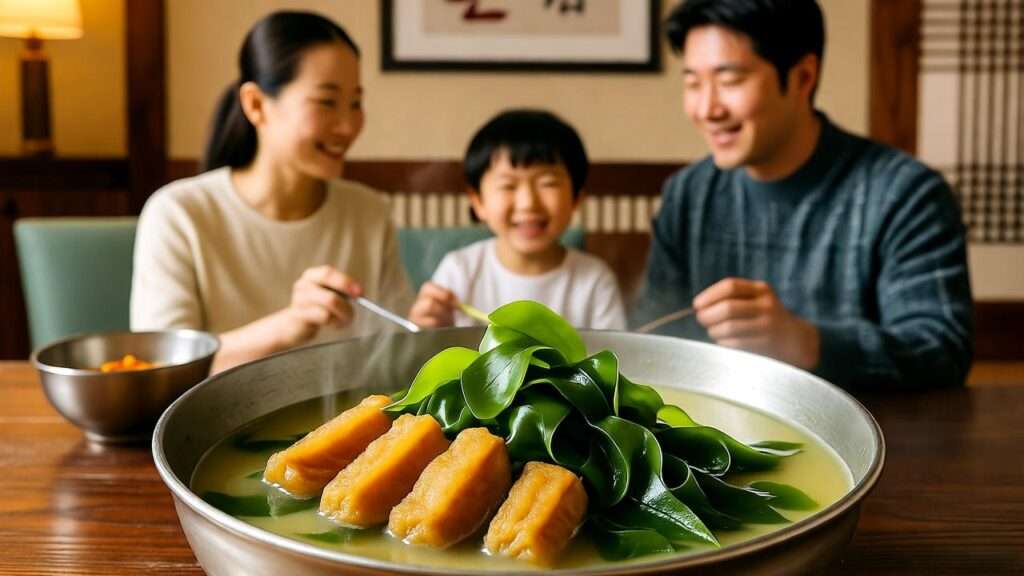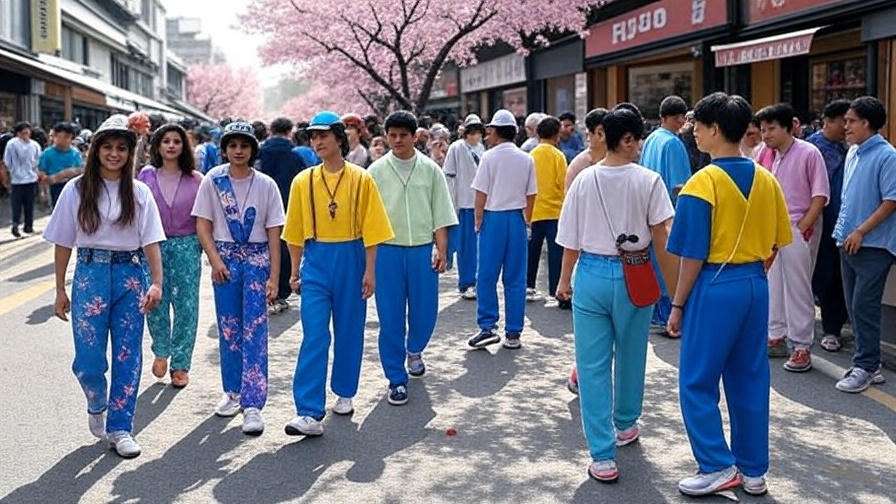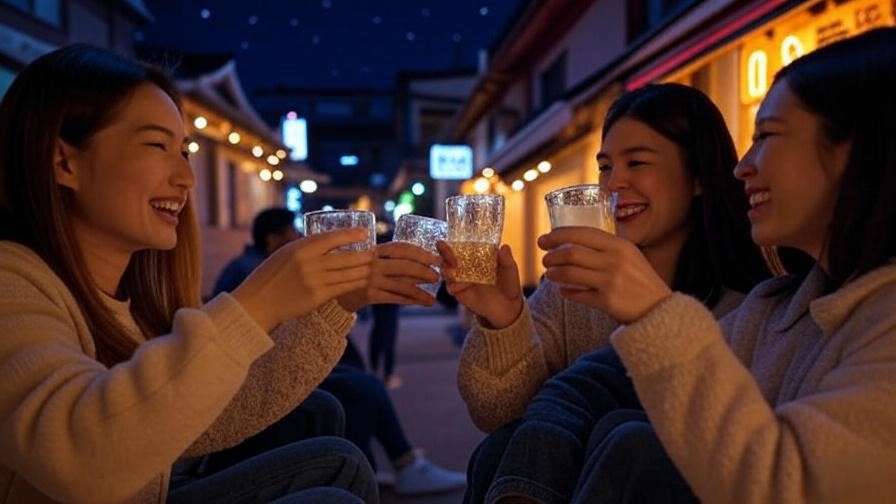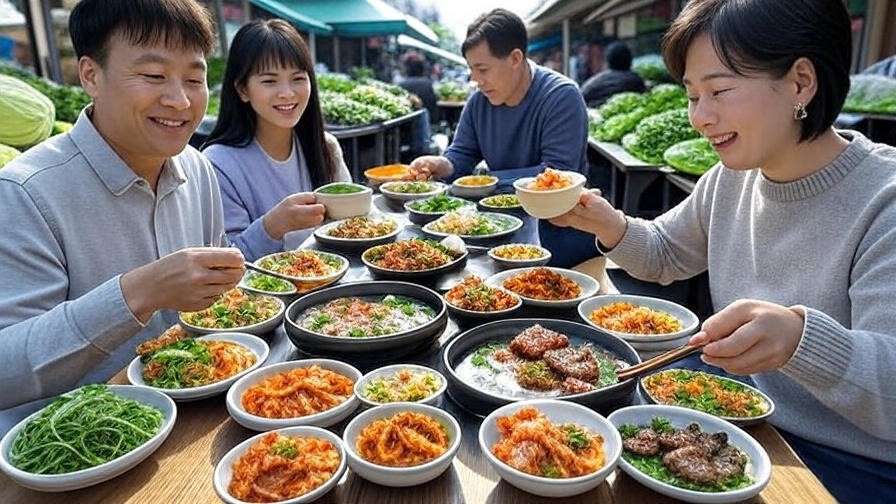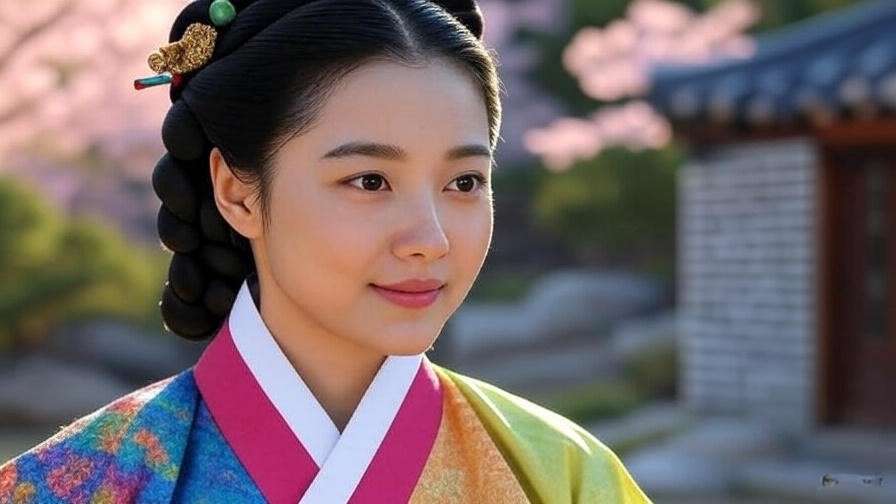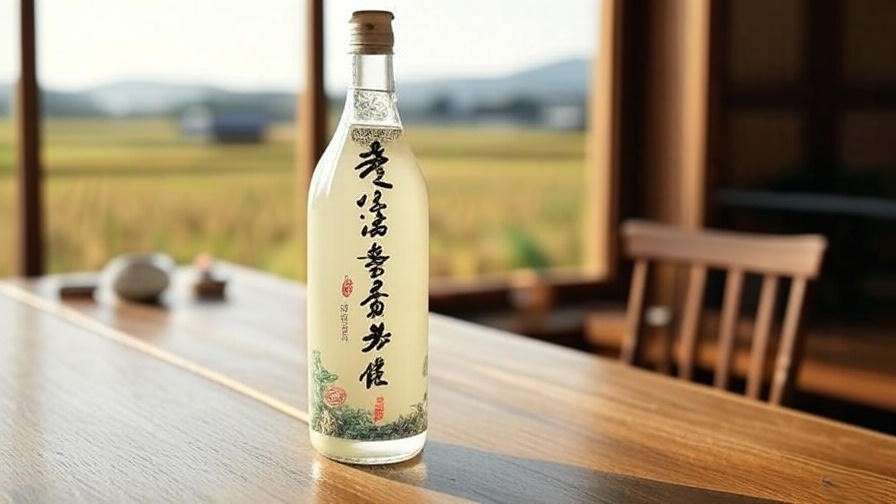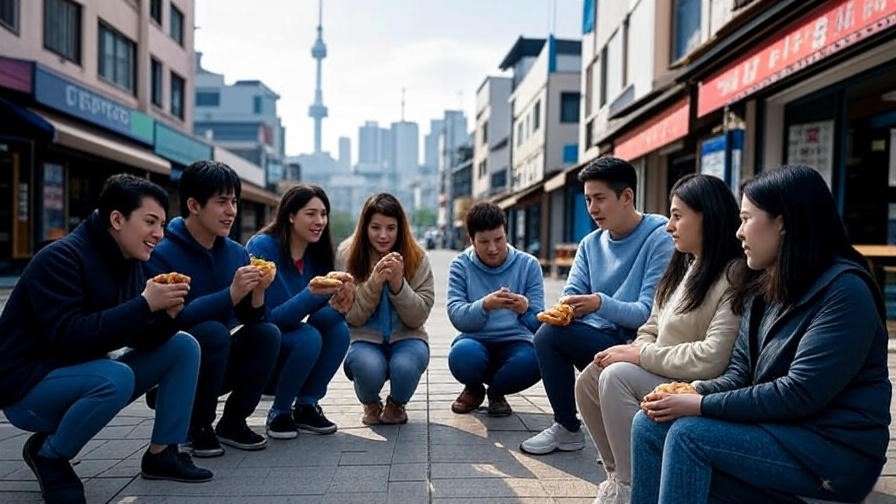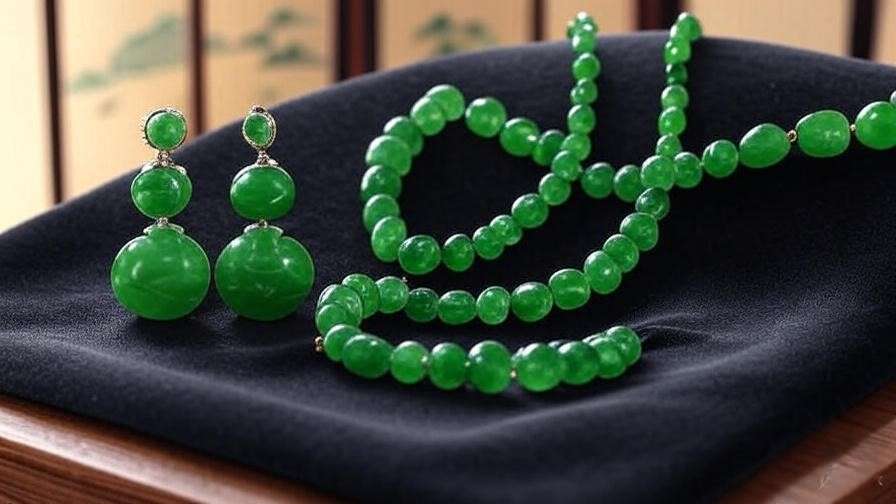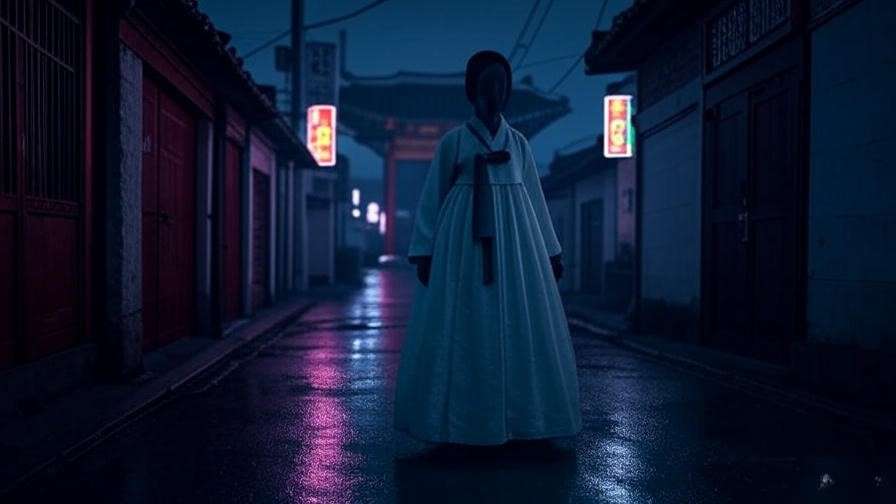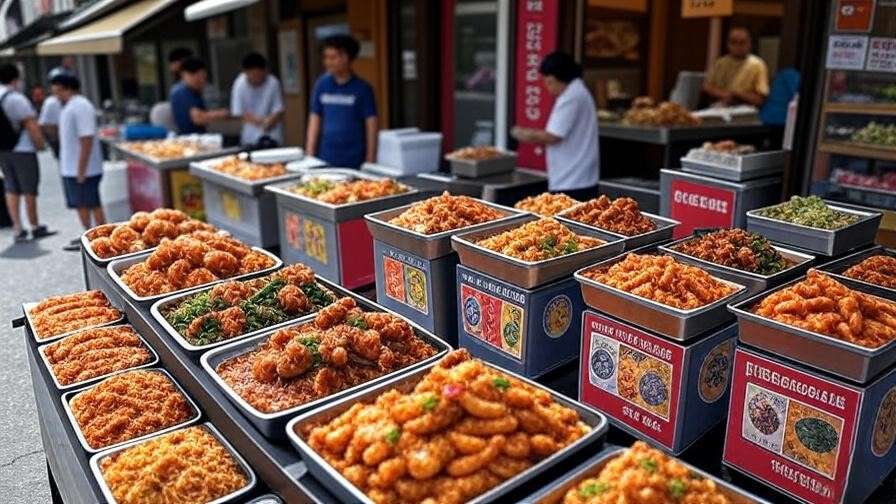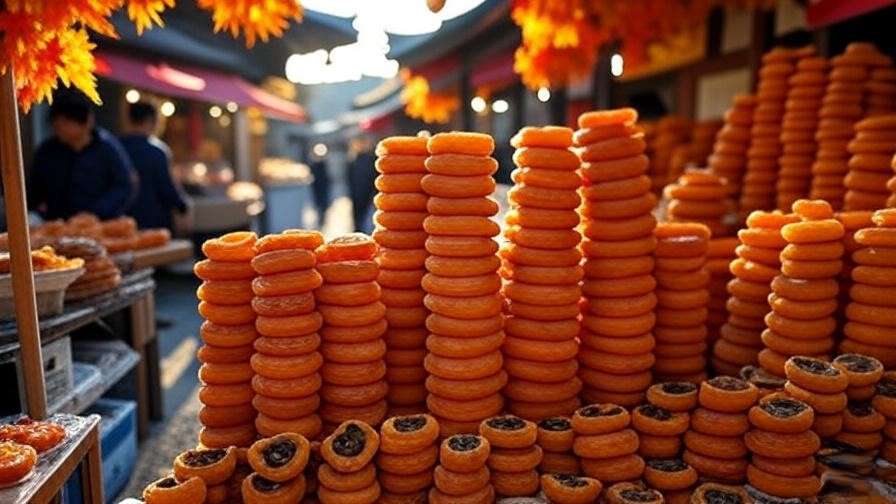Picture this: a cozy Korean household in Reply 1988, where the aroma of bugeo-guk, a steaming dried pollock soup, fills the air as families gather around a modest table, sharing laughter and stories. At the heart of this scene is maesaengi, a humble dried fish that’s far more than a culinary ingredient—it’s a cultural touchstone in Korean dramas and daily life. As K-dramas captivate global audiences, maesaengi piques curiosity, embodying Korea’s rich traditions and emotional storytelling. This article dives deep into maesaengi’s cultural, culinary, and symbolic significance, offering a comprehensive guide for fans and food enthusiasts eager to understand its role in Korean culture. Drawing on historical insights, culinary expertise, and K-drama analysis, we’ll uncover why this unassuming fish resonates so deeply.
What Is Maesaengi? Understanding the Iconic Korean Fish
Defining Maesaengi
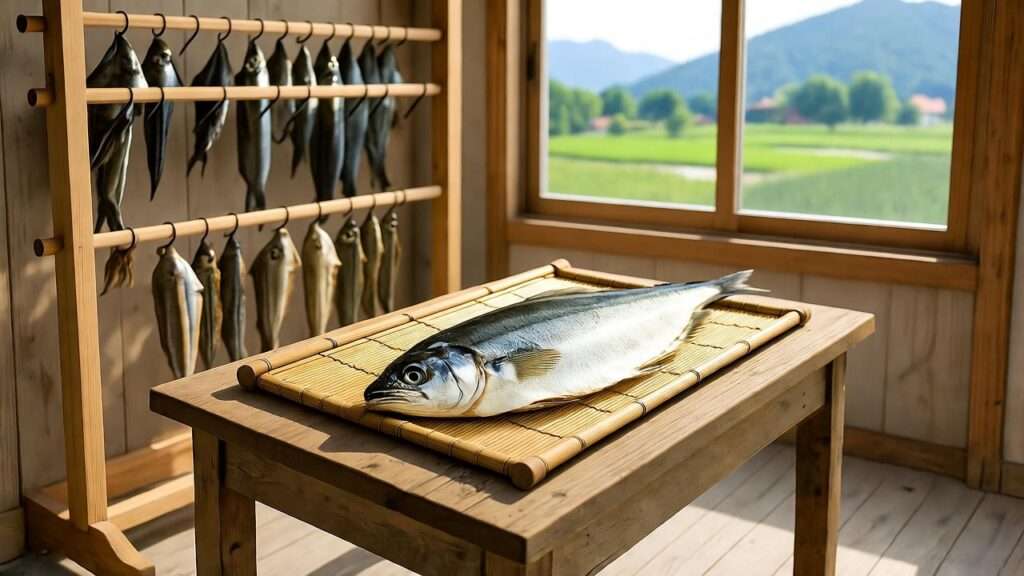 Maesaengi, known as dried pollock, is a cornerstone of Korean cuisine, cherished for its versatility and rich flavor. Harvested from the Bering Sea and air-dried to preserve its nutrients, maesaengi is a protein-packed ingredient, high in omega-3 fatty acids, calcium, and vitamins. Its slightly chewy texture and savory, umami taste make it a staple in soups, side dishes, and snacks across Korean households. Unlike fresh fish, maesaengi’s long shelf life ensures it’s a reliable pantry essential, especially in Korea’s colder months.
Maesaengi, known as dried pollock, is a cornerstone of Korean cuisine, cherished for its versatility and rich flavor. Harvested from the Bering Sea and air-dried to preserve its nutrients, maesaengi is a protein-packed ingredient, high in omega-3 fatty acids, calcium, and vitamins. Its slightly chewy texture and savory, umami taste make it a staple in soups, side dishes, and snacks across Korean households. Unlike fresh fish, maesaengi’s long shelf life ensures it’s a reliable pantry essential, especially in Korea’s colder months.
Maesaengi vs. Other Dried Fish in Korean Culture
While maesaengi shares the stage with other dried fish like myeolchi (anchovies) or jogi (yellow croaker), its distinct flavor sets it apart. Myeolchi is smaller and often used for broths, while maesaengi shines in heartier dishes like bugeo-guk or bugeo-jeon (pan-fried pollock). Its affordability makes it accessible to all, from rural families to urban dwellers. According to Chef Ji-Hyun Park, a Seoul-based culinary expert, “Maesaengi is the people’s fish—simple, nourishing, and deeply tied to Korea’s culinary identity.”
The Cultural Significance of Maesaengi in Korean Society
A Symbol of Comfort and Tradition
In Korean homes, maesaengi is more than food—it’s a symbol of comfort and resilience. Historically, during times of economic hardship, dried pollock was a lifeline, providing sustenance when fresh ingredients were scarce. Its presence in everyday meals, like a warm bowl of bugeo-guk served to a sick loved one, evokes familial care and togetherness. This cultural resonance extends beyond the kitchen, embedding maesaengi in Korea’s collective memory as a marker of perseverance.
Maesaengi in Rituals and Traditions
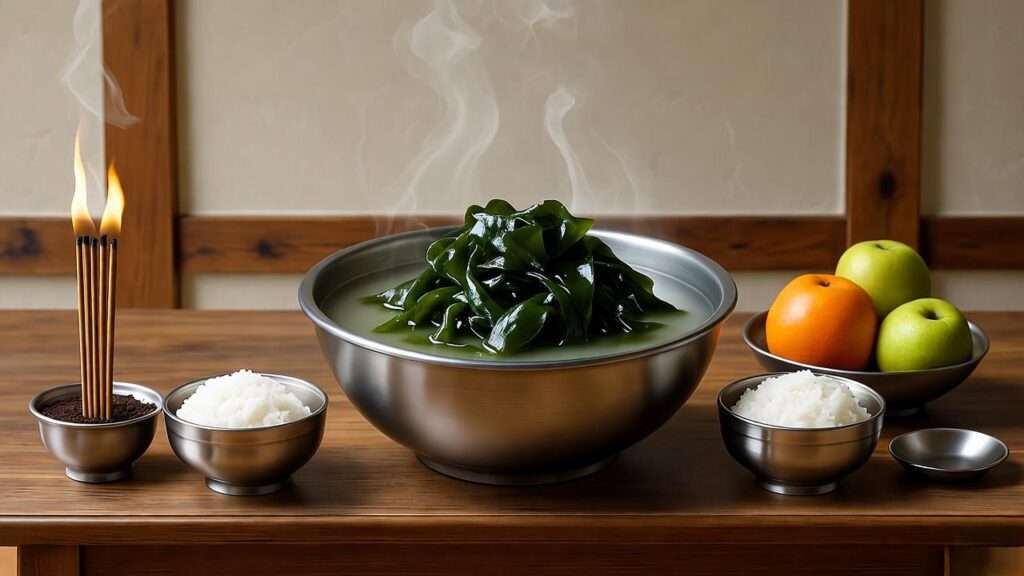 Maesaengi also holds a sacred place in Korean rituals. During jesa, ancestral rites honoring deceased family members, bugeo-jeon or bugeo-guk is often offered on altars, symbolizing respect and continuity. Dr. Soo-Jin Kim, a cultural anthropologist, explains, “Maesaengi connects generations, its simplicity reflecting the humility and gratitude central to Korean spirituality.” Its role in Lunar New Year or memorial ceremonies underscores its enduring cultural weight.
Maesaengi also holds a sacred place in Korean rituals. During jesa, ancestral rites honoring deceased family members, bugeo-jeon or bugeo-guk is often offered on altars, symbolizing respect and continuity. Dr. Soo-Jin Kim, a cultural anthropologist, explains, “Maesaengi connects generations, its simplicity reflecting the humility and gratitude central to Korean spirituality.” Its role in Lunar New Year or memorial ceremonies underscores its enduring cultural weight.
Maesaengi in Korean Dramas: A Window into Storytelling
Iconic K-Drama Scenes Featuring Maesaengi
Korean dramas masterfully use food to deepen emotional narratives, and maesaengi often steals the spotlight. In Reply 1988, a poignant scene shows Deok-sun’s family sharing bugeo-guk, highlighting their modest yet loving bond. Similarly, in Hospital Playlist, a late-night meal of bugeo-jeon among doctors underscores camaraderie amidst stress. These moments resonate because maesaengi evokes nostalgia, grounding characters in authentic, relatable settings. Fans on X often share clips of such scenes, with one user noting, “Seeing maesaengi in K-dramas feels like a warm hug from my childhood.”
Why Maesaengi Resonates with Global Audiences
Maesaengi’s appeal transcends borders, tapping into universal themes of family, struggle, and comfort. For global viewers, its simplicity contrasts with the glamour of K-drama, making characters’ lives feel authentic. The dish’s prominence in iconic shows introduces audiences to Korean food culture, sparking curiosity about its preparation and significance. This cross-cultural connection has fueled interest in maesaengi, with online searches for “Korean dried pollock recipes” spiking after major K-drama releases.
Culinary Uses of Maesaengi: From Everyday Meals to K-Drama Dishes
Popular Maesaengi Dishes in Korean Cuisine
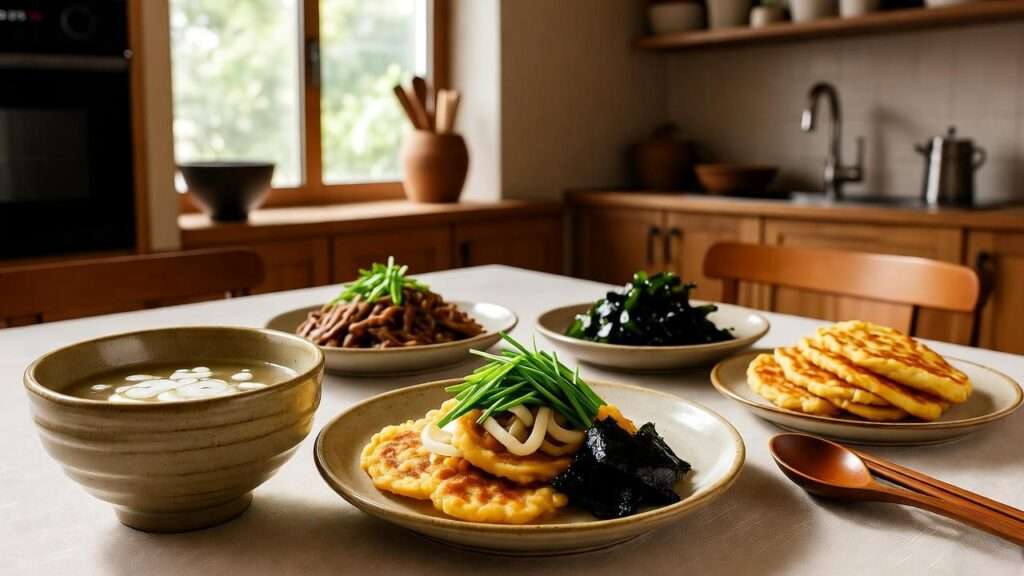 Maesaengi shines in a variety of dishes, each showcasing its versatility. Here are three classics:
Maesaengi shines in a variety of dishes, each showcasing its versatility. Here are three classics:
- Bugeo-guk (Dried Pollock Soup): A comforting soup made with dried pollock, radish, tofu, and green onions, often seasoned with soy sauce and sesame oil. It’s a go-to remedy for colds and hangovers.
- Bugeo-jjim (Braised Pollock): Slow-cooked with soy sauce, garlic, and chili, this dish is savory and tender, perfect for family meals.
- Bugeo-jeon (Pan-fried Pollock): Shredded maesaengi coated in flour and egg, pan-fried to golden perfection, often served during celebrations.
Simple Bugeo-guk Recipe
Ingredients: 50g maesaengi, 1 cup sliced radish, 1 block tofu, 2 green onions, 1 tbsp soy sauce, 1 tsp sesame oil, 6 cups water.
Steps:
- Soak maesaengi in cold water for 10 minutes, then shred into bite-sized pieces.
- Boil water with radish until soft (10–15 minutes).
- Add maesaengi, tofu, soy sauce, and sesame oil; simmer for 5 minutes.
- Garnish with chopped green onions and serve hot.
Maesaengi in Modern Korean Cooking
Today, maesaengi adapts to modern palates. Chefs create fusion dishes like maesaengi tempura or pollock jerky snacks, appealing to younger generations. Its availability in Korean grocery stores worldwide, such as H-Mart or online platforms like Weee!, makes it accessible for diaspora communities. Tip: Store maesaengi in an airtight container in a cool, dry place to preserve its flavor for up to a year.
The Nutritional and Economic Value of Maesaengi
Health Benefits of Maesaengi
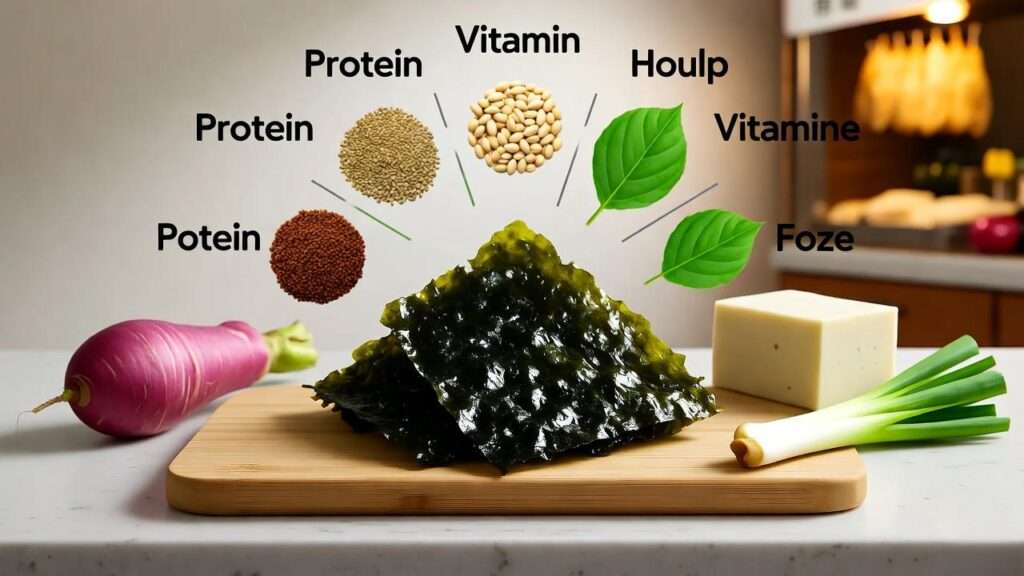 Maesaengi is a nutritional powerhouse. A 100g serving provides approximately 350 calories, 70g of protein, and significant amounts of calcium and omega-3s, supporting heart health and bone strength. A 2020 study in the Journal of Nutrition highlighted pollock’s role in reducing inflammation, making it a smart choice for health-conscious eaters. Nutritionist Dr. Hye-Jin Lee notes, “Maesaengi is a low-calorie, high-protein option that fits seamlessly into balanced diets.”
Maesaengi is a nutritional powerhouse. A 100g serving provides approximately 350 calories, 70g of protein, and significant amounts of calcium and omega-3s, supporting heart health and bone strength. A 2020 study in the Journal of Nutrition highlighted pollock’s role in reducing inflammation, making it a smart choice for health-conscious eaters. Nutritionist Dr. Hye-Jin Lee notes, “Maesaengi is a low-calorie, high-protein option that fits seamlessly into balanced diets.”
Maesaengi as an Affordable Staple
Priced at roughly $5–10 per pound in global markets, maesaengi is budget-friendly, making it a staple for families across socioeconomic levels. Its long shelf life reduces food waste, aligning with sustainable practices. In Korea, it’s a common ingredient in school lunches and community meals, ensuring accessibility for all.
Maesaengi and Korean Identity in a Globalized World
Maesaengi as a Cultural Ambassador
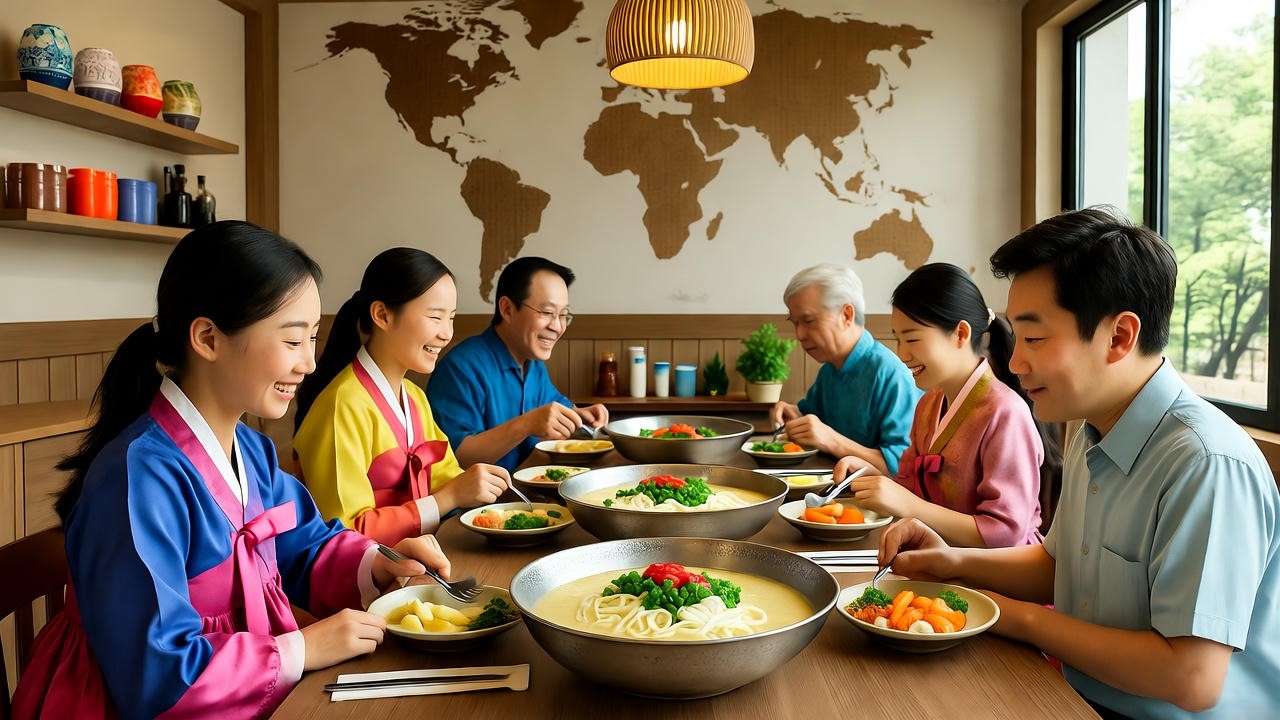 As Korean dramas like Crash Landing on You and Squid Game captivate global audiences, maesaengi emerges as a culinary ambassador, introducing viewers to Korea’s rich food culture. Scenes featuring bugeo-guk or bugeo-jeon spark curiosity, prompting fans to explore Korean recipes. Korean restaurants worldwide, from Los Angeles to London, now feature maesaengi dishes, bridging cultural gaps. On platforms like X, fans share recipes and stories, with one user posting, “Tried making bugeo-guk after watching Hometown Cha-Cha-Cha—it’s like tasting Korea!” This global embrace highlights maesaengi’s role in cultural exchange, making it a gateway to understanding Korean traditions.
As Korean dramas like Crash Landing on You and Squid Game captivate global audiences, maesaengi emerges as a culinary ambassador, introducing viewers to Korea’s rich food culture. Scenes featuring bugeo-guk or bugeo-jeon spark curiosity, prompting fans to explore Korean recipes. Korean restaurants worldwide, from Los Angeles to London, now feature maesaengi dishes, bridging cultural gaps. On platforms like X, fans share recipes and stories, with one user posting, “Tried making bugeo-guk after watching Hometown Cha-Cha-Cha—it’s like tasting Korea!” This global embrace highlights maesaengi’s role in cultural exchange, making it a gateway to understanding Korean traditions.
Challenges in Preserving Maesaengi’s Legacy
Despite its cultural significance, maesaengi faces challenges. Overfishing in the Bering Sea has raised concerns about pollock sustainability, with a 2023 report from the Marine Stewardship Council noting declining stocks. To address this, Korean fisheries are adopting sustainable practices, such as regulated harvesting and aquaculture. Consumers can support these efforts by choosing certified sustainable maesaengi from reputable suppliers. Additionally, younger generations in Korea, drawn to Western diets, risk overlooking maesaengi’s heritage. Educational campaigns and modern recipes aim to keep its legacy alive, ensuring it remains a cultural touchstone.
How to Incorporate Maesaengi into Your Life
Cooking with Maesaengi at Home
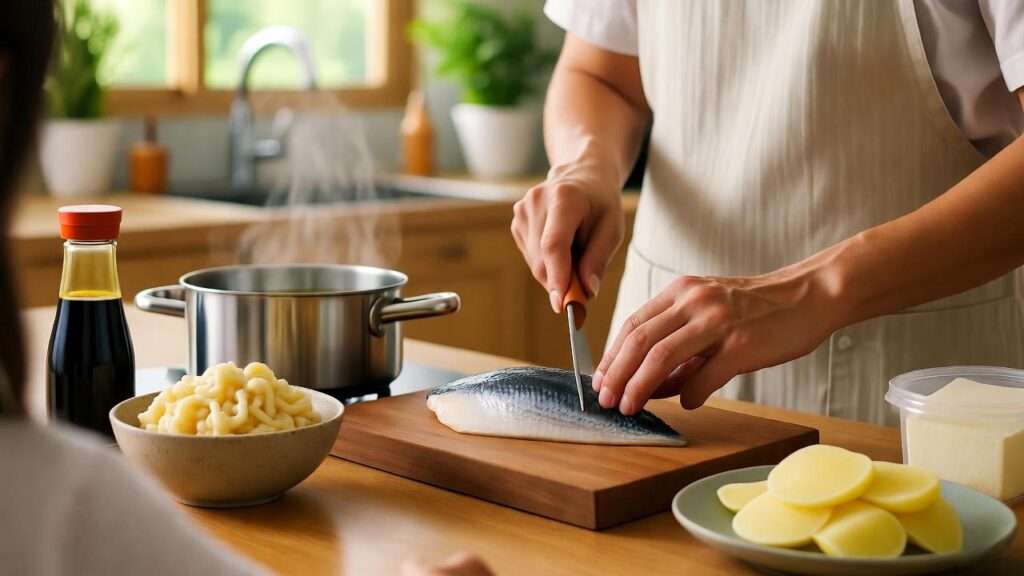 For those new to Korean cooking, maesaengi is approachable and forgiving. Start with simple dishes like bugeo-guk, which requires minimal ingredients and equipment. If maesaengi is unavailable, substitute with dried cod or haddock, though the flavor may differ slightly. Pair maesaengi dishes with Korean staples like kimchi, gochujang, or steamed rice for an authentic experience. Tip: Soak maesaengi briefly to soften it before cooking, and avoid overcooking to preserve its texture. Online retailers like H-Mart or Amazon offer high-quality maesaengi, often with recipe suggestions for beginners.
For those new to Korean cooking, maesaengi is approachable and forgiving. Start with simple dishes like bugeo-guk, which requires minimal ingredients and equipment. If maesaengi is unavailable, substitute with dried cod or haddock, though the flavor may differ slightly. Pair maesaengi dishes with Korean staples like kimchi, gochujang, or steamed rice for an authentic experience. Tip: Soak maesaengi briefly to soften it before cooking, and avoid overcooking to preserve its texture. Online retailers like H-Mart or Amazon offer high-quality maesaengi, often with recipe suggestions for beginners.
Exploring Maesaengi Through K-Dramas
K-dramas offer a vibrant lens to appreciate maesaengi’s cultural context. Here’s a curated watchlist to deepen your understanding:
- Reply 1988 (Netflix): This nostalgic drama features maesaengi in family meals, highlighting 1980s Korean life. Watch for the iconic bugeo-guk scene in episode 10.
- Hospital Playlist (Netflix): Doctors share bugeo-jeon during heartfelt moments, emphasizing friendship. Check episode 5 for a cozy meal scene.
- Hometown Cha-Cha-Cha (Netflix): Set in a seaside village, this drama showcases maesaengi as a local staple. Episode 3 features a community feast with pollock dishes.
These shows, available on major streaming platforms, blend maesaengi into narratives of love and community, making them perfect for cultural immersion.
FAQs About Maesaengi
What does maesaengi taste like, and how is it different from other dried fish?
Maesaengi has a mild, savory umami flavor with a slightly chewy texture, distinct from the saltier, fishier myeolchi (anchovies). Its subtle taste makes it versatile for soups and side dishes.
Can I make maesaengi dishes without prior Korean cooking experience?
Absolutely! Dishes like bugeo-guk are beginner-friendly, requiring basic ingredients and simple techniques. Follow online tutorials or recipes for guidance.
Where can I buy authentic maesaengi outside Korea?
Look for maesaengi at Korean grocery stores like H-Mart, Lotte Mart, or online retailers such as Weee! or Amazon. Check for sustainable sourcing labels.
Why is maesaengi so common in Korean dramas?
Maesaengi symbolizes comfort and authenticity, grounding K-drama scenes in relatable, everyday life. Its presence evokes nostalgia and cultural pride.
Is maesaengi sustainable, and are there eco-friendly alternatives?
While pollock stocks face challenges, sustainable maesaengi is available from certified suppliers. Alternatives like dried cod can work but may lack the same cultural resonance.
Maesaengi is more than a dried fish—it’s a thread woven into the fabric of Korean culture, connecting families, traditions, and stories. From its role in comforting soups to its poignant presence in K-dramas like Reply 1988, maesaengi embodies resilience, humility, and community. Its nutritional benefits, affordability, and global appeal make it a cultural gem worth exploring. Whether you’re a K-drama fan eager to recreate bugeo-guk or a food enthusiast diving into Korean heritage, maesaengi offers a taste of Korea’s heart. Try cooking a dish, watch a recommended K-drama, or share your maesaengi story in the comments or on X—let’s celebrate this iconic ingredient together.

